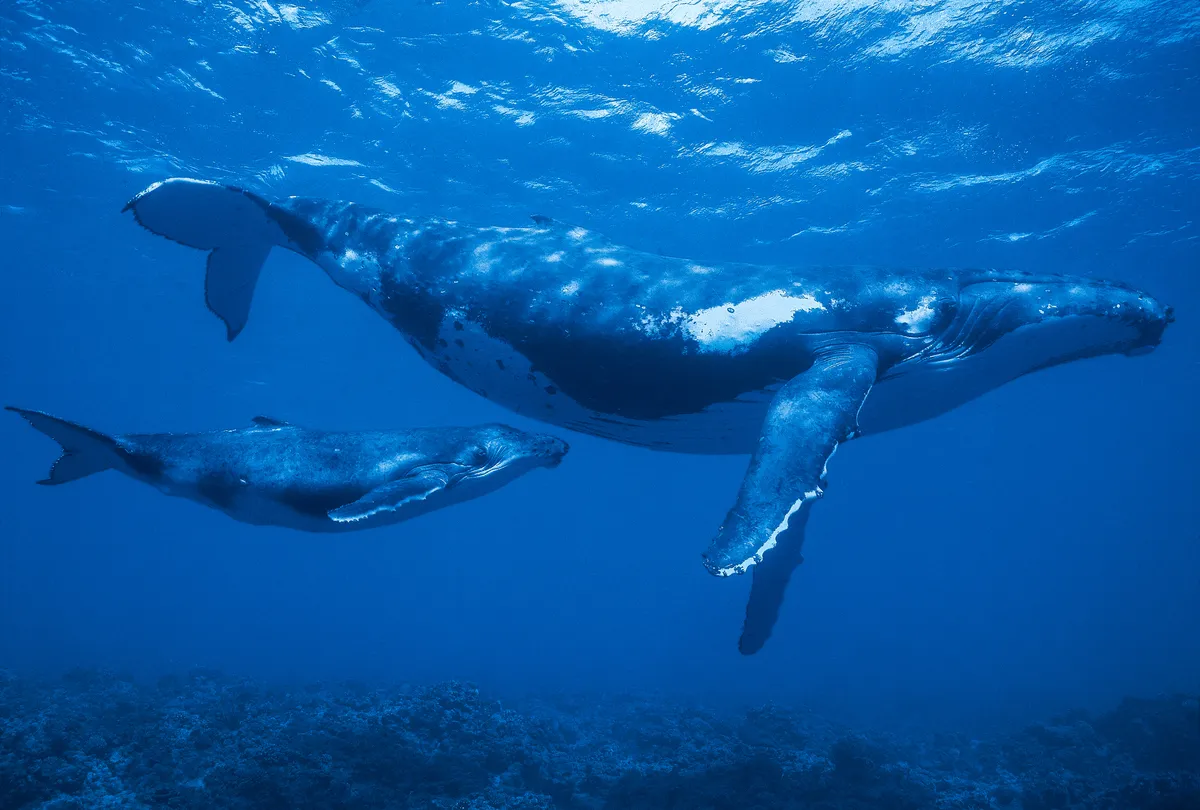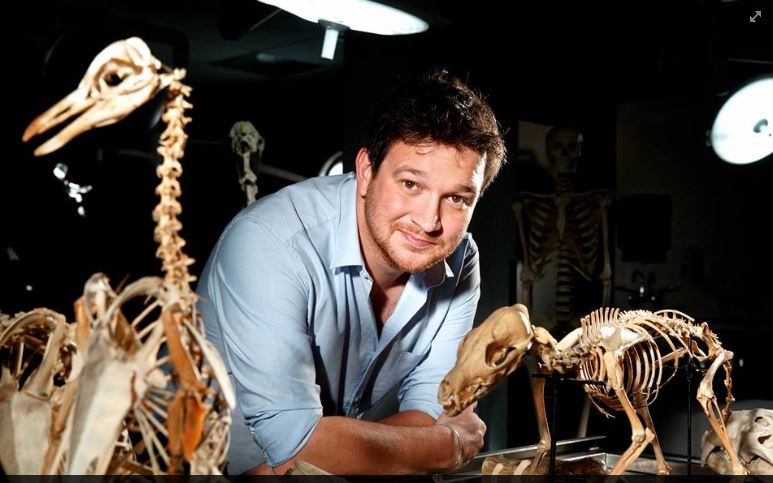Do whales produce milk?
The need for milk is an essential part of the development of any young mammal, and being aquatic makes breastfeeding considerably harder. Nursing their young with milk is one of the things that defines mammals, so whales definitely do have mammary glands and they do produce milk. But how do they manage to breastfeed underwater?

Do whales have nipples?
Species from three orders – Carnivora (including seals and sea lions), Cetacea (dolphins and whales) and Sirenia (manatees and dugongs) – live and feed at sea, but they've evolved different methods for breastfeeding.
Seals and sea lions have retractable nipples that tuck inside the body when the baby is not feeding, but animals that are fully restricted to the sea, such as whales and dolphins, have evolved ‘mammary slits’ – special folds of skin that enclose the feeding glands.
We're still not completely sure how they do it, but it is thought that either the calves can curl their tongues to channel released milk, or that specialised muscles actually contract the mammary glands, squeezing milk into the baby’s mouth.

What is whale milk like?
As a general rule, whale milk is rich in fats and comes in very large quantities!
The blue whale has the largest mammary glands on Earth – each is about 1.5m long and weighs as much as a baby elephant. Blue whale mothers can produce 200 litres of milk per day with a fat content of 35-50%. That enables a blue whale calf to gain weight at the incredible rate of 100kg per day!
Did you know that whale mothers communicate with their calves by 'whispering'?
- What happens to dead whales? How their humongous carcasses create a whole new ecosystem that will last for decades
- How did whales get so big?
- Are killer whales dangerous to humans?
- Why whales have blowholes
- How to help a beached whale or dolphin
Photo © Fabrice Guerin/Getty
